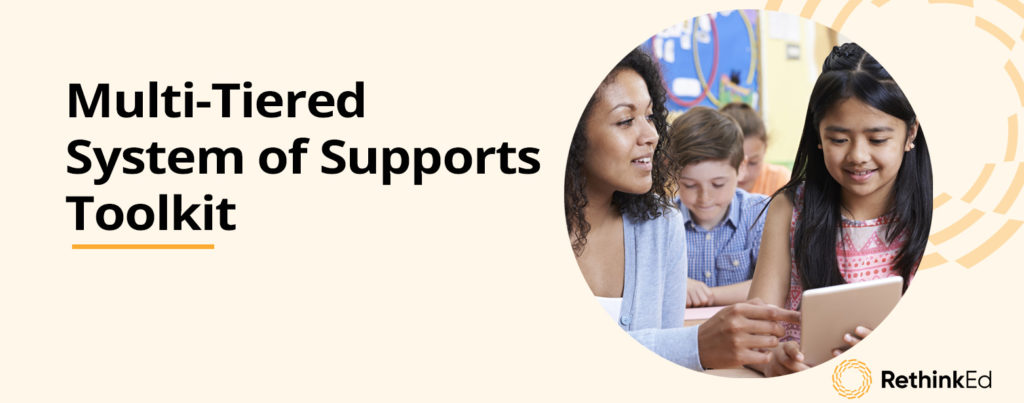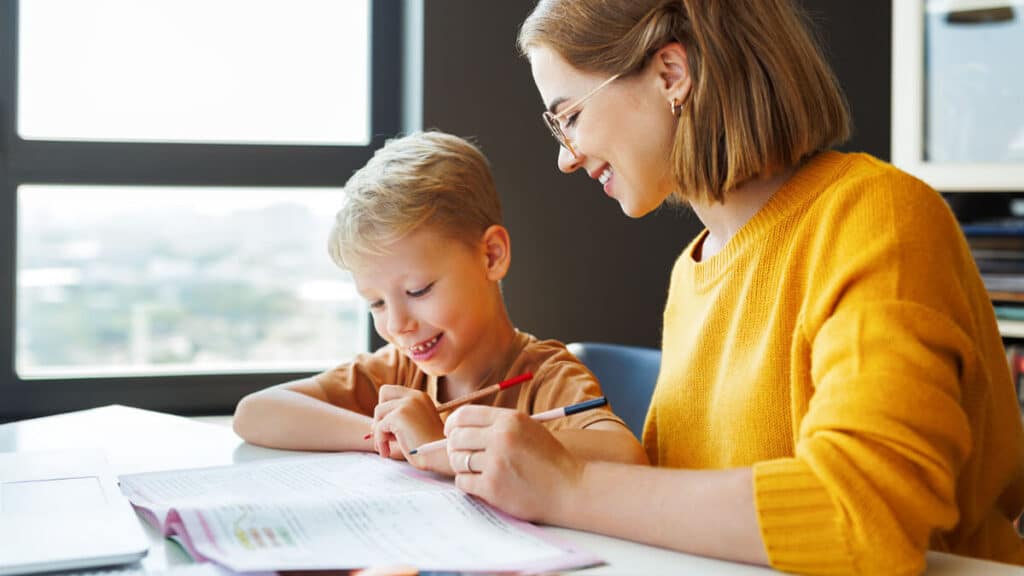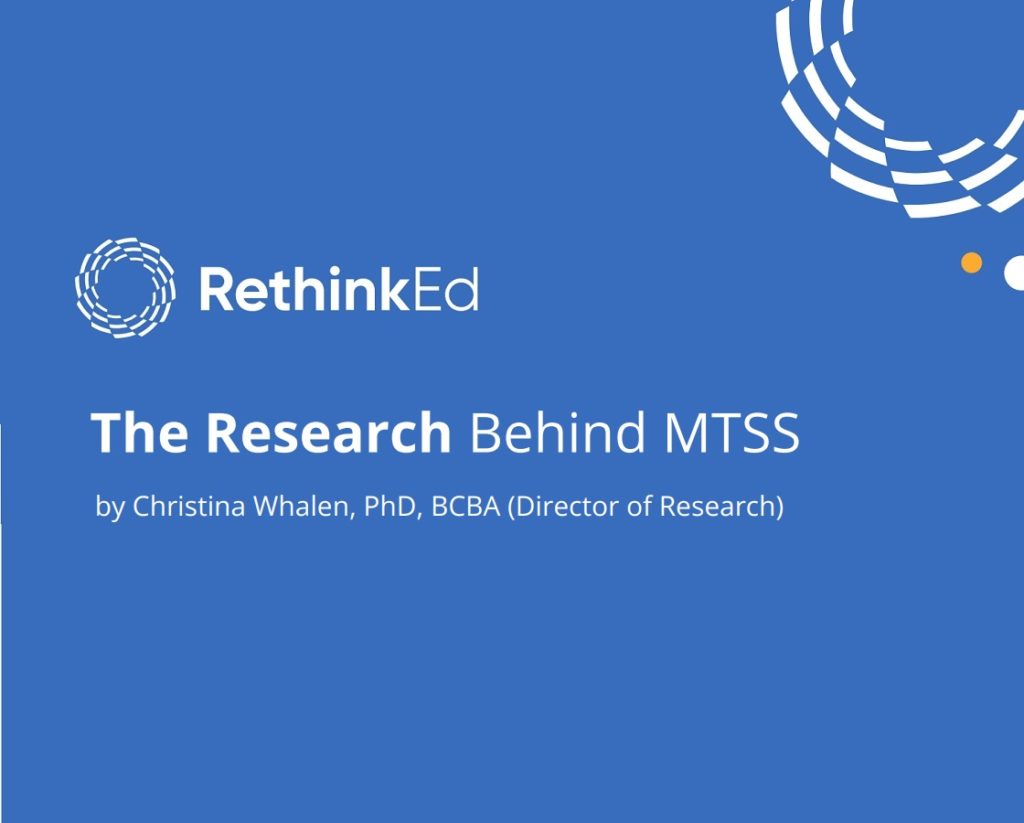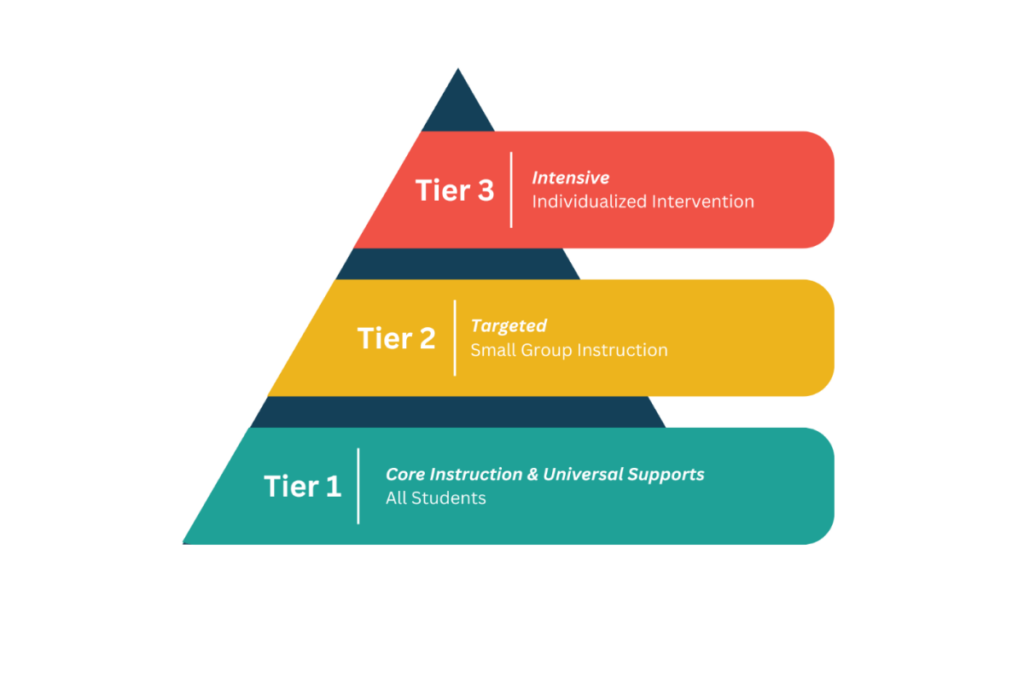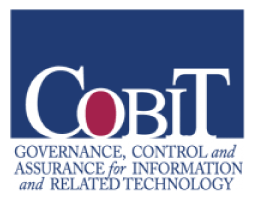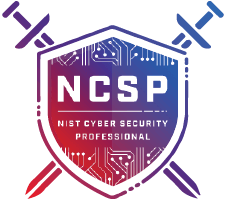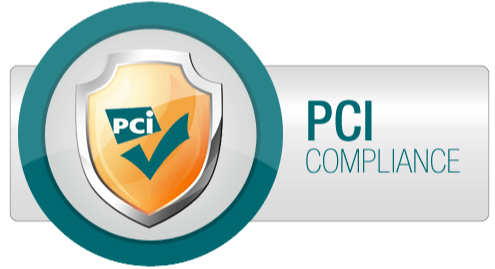Increase Positive Behaviors
All students need behavior support to optimize learning and well-being. Fostering positive behaviors, decreasing behaviors that interfere with learning, and maximizing both student and educator success requires a holistic approach…
It requires:
- Understanding factors that impact student and adult behavior
- Creating a positive classroom and school environment
- Teaching students behavior skills that promote their success
- Using effective classroom management strategies
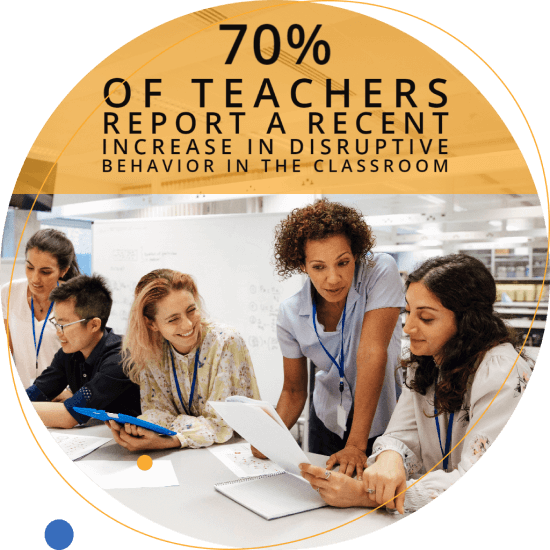
Training Activities
Learn
Reflect and Connect
Practice
Dive Deeper
Behavior Training Topics
Understanding Behavior
Child Development (Early Elementary)
Focus on early elementary aged children and the key areas of development that impact their abilities, thinking, mood, behavior, and wellness.
Child Development (Late Elementary)
Focus on upper elementary aged children and the key areas of development that impact their abilities, thinking, mood, behavior, and wellness.
Child Development (Middle School)
Examine the many developmental changes that occur for students during the middle school years.
Child Development (High School)
Examine how development for high school aged students is highlighted by relationships, independence, and decision making.
Impact of Trauma on Behavior
Discover how traumatic experiences can impact behavioral learning and behavioral presentation.
Impact of Mental Health on Behavior
Review a working model for mental health symptom impact on behavior and decision making.
Impact of Developmental Disabilities on Behavior
Learn how developmental disabilities and related behaviors impact functioning and abilities.
Impact of Bullying on Behavior
Learn how bullying may impact the behavior of students who are or have been bullied and students who witness incidents of bullying, as well as a gain a greater understanding of students who engage in bullying behavior.
Factors that Impact Educator Behavior
Gain an overview of various factors that may affect how an educator interacts with students, and perceive and respond to student behavior, including stress, trauma and burnout.
Implicit Bias
Implicit biases are attitudes or stereotypes that are activated unconsciously and involuntarily. Gain an overview of implicit bias and how it impacts student learning and wellness, including strategies for recognizing and correcting for implicit biases.
Compassion Fatigue
Recognize signs of compassion fatigue and learn strategies to prevent or recover from it.
Creating Positive Learning Environments
PBIS
Examine how Positive Behavior Interventions and Supports (PBIS), implemented as intended, improves school climate, increases equitable learning experiences, decreases challenging behaviors, strengthens relationships and uses data to establish safe and supportive learning environments.
Safe and Caring School
Focus on strategies for creating a safe and caring school-wide culture where all students feel secure, valued and positively connected to others.
Trauma-sensitive School
Discover best practices for implementing and supporting trauma-sensitive practices school-wide.
Safe and Caring Classroom
Explore strategies to develop a safe and caring classroom where all students feel secure, valued and positively connected to others.
Trauma-sensitive Classroom
Learn evidence-based instructional practices that are responsive to students who have experienced trauma.
Classroom Management Systems
Gain an overview of preventative, evidence-based instructional practices for creating and managing an engaging, safe and predictable learning environment.
Teaching Behavior Skills
Self-Regulation
Help students identify signs and key factors related to regulating emotions and behaviors and teach self-regulation strategies that can be incorporated into the school day.
Self-Monitoring
Learn the benefits of self-monitoring to improve behavior and performance and how to teach students effective self-monitoring skills.
Stress Management
Learn about effective stress management strategies and how to teach students to use these strategies in the classroom.
Time Management
Learn about effective time management strategies and how to teach these strategies to students to support their ability to prioritize and accomplish activities throughout their day.
Organization
Focus on evidence-based strategies and techniques for supporting student development in the area of organization.
Goal Setting
Learn about teaching students effective goal-setting and planning strategies to promote prioritization and completion of tasks.
Focus
Learn how to teach strategies for developing students' concentration skills within an educational environment.
Respect
Gain an understanding of the importance of defining respect with students and how to teach respect within a classroom management system.
Cooperation
Learn about the importance of fostering cooperation skills in the classroom and explore strategies for creating a collaborative learning environment.
Asking for Help
Learn strategies for helping students to identify when and whom to ask for assistance, and ways they can ask for help effectively.
Conflict Resolution
Gain strategies on how to teach students to manage their own conflicts and strengthen their problem-solving abilities.
Managing Behavior
Setting and Teaching Expectations
Learn how to develop classroom expectations that inform broad behavioral standards to support students' learning, engagement, and positive social interactions.
Developing and Teaching Classroom Agreements
Develop classroom rules that are clear and predictable, apply across settings, relate to classroom expectations and are purposeful.
Establishing and Teaching Routines
Discover how to develop consistent classroom routines that provide structure and predictability for students.
Transition Routines
Learn how to create effective transitions to promote safety, predictability, and structure as a Tier 1 strategy and tips for effective transitions for students receiving Tier 2 and Tier 3 intervention.
Behavior Specific Feedback
Providing effective feedback is one of the most important components to teaching and maintaining desired behaviors for learning. Review strategies and examples of how to deliver feedback that reinforces expected behaviors.
Classwide Group Contingencies
Reinforce expected behaviors, build relationships and develop classroom community by learning how to implement group reinforcement systems such as a classwide group contingency.
Individualized Reinforcement
Gain an introduction and practice in individual reinforcement to promote positive behavior and reinforce positive change.
PreCorrection
Discover different ways to provide prompts and assist students proactively, so as to prevent and decrease the occurrence of behaviors that interfere with learning.
Active Supervision
Learn strategies, such as moving, scanning and interacting, to actively supervise and engage with students in the classroom, leading to increased on-task behavior, timely response to behavioral or academic errors, and increased teacher-student interaction.
Physical Classroom Arrangement
Examine strategies for minimizing physical barriers to instructional and classroom community engagement, decrease interfering behaviors and promote on-task learning.
Visual Supports
Learn how visual prompts and cues support student focus and learning.
Opportunities to Respond
Develop strategies to increase relevant and accessible classroom activities to keep all students engaged, including opportunities to respond which means providing various ways for students to respond to instruction and assessment that meets their learning needs.
Daily Check-Ins
Learn about the benefits of daily check-ins with students and strategies for implementing this simple, yet effective engagement strategy.
Affective Statements
Gain an introduction and practice in using affective statements to promote positive student-teacher relationships, student-peer relationships, conflict resolution, and social wellbeing.
Affective Questions
Learn how to ask questions that effectively prompt students to think about their behavior, how it impacted others, and what can be done to repair the harm and restore relationships.
Error Correction
Error Correction is one strategy used to respond to inappropriate or interfering behavior. Receive guidance and examples for applying error correction to decrease interfering behaviors while maintaining a positive relationship with students.
Planned Ignoring
Understand how to effectively use planned ignoring as a response to behavioral errors when the student's motivation is to seek attention.
Vulnerable Decision Points and Neutralizing Routines
Learn strategies for developing awareness of when we might be more vulnerable or likely to make decisions based on our implicit biases, current state of mind or situational factors. Examine how to correct for vulnerable decision points and ensure consistent and equitable responses to student behavior.
Restorative Practices
Gain an overview of restorative practices and how to use these practices to respond to interfering behaviors and foster a safe and caring classroom culture.
Restorative Circles
Learn how to facilitate a restorative circle process to help students negotiate conflict, encourage student ownership and accountability, increase connection and community, and support behavioral change.
Escalation Stages and Prevention
Understand and recognize stages of student escalation and the role of essential prevention strategies.
Responding to Escalation
Explore strategies to implement at each stage of escalation and dynamics to monitor that can guide intervention decisions.
Crisis and Recovery
Identify peak crisis and appropriate responses, and learn strategies to help students recover after escalation.
Are You Ready to Make an Even Greater Impact?
Learn
Learn key concepts and core content knowledge at your own pace. On-demand, bite-sized learning is delivered through engaging 5-7 minute videos and interactive modules. Engage in self-reflection and group discussion activities that promote your self-awareness, understanding and application of new knowledge.
Practice
Practice evidence-based strategies and interventions with fidelity. Comprehensive guides, articles and resources are provided with every module and include step-by-step instructions and guidance that empower you to implement with confidence.
Dive Deeper
Deepen your understanding of key concepts and effective implementation. Fidelity checklists, considerations and troubleshooting guides provide opportunities for open communication and productive feedback, and help you ensure that strategies and interventions are implemented with accuracy and achieve the intended impact.
Learn how our partners have implemented RethinkEd to meet the needs of their communities.
Latest Resources
Build District Wide Capacity
RethinkEd’s MTSS professional development suite empowers educators to identify, track, and put strategies in place across academic, behavior, and social and emotional learning enabling them to optimize effective interventions and monitor progress for all students.
National Parental Involvement Day is November 17th. This day provides a yearly opportunity for schools...
MTSS is an important framework used in schools in every state to support all students...
Last updated May 30, 2024 What Is PBIS? Positive Behavior Interventions and Supports, often referred...
